Home>Gardening & Outdoor>Landscaping Ideas>What Kills Oxalis In Lawns
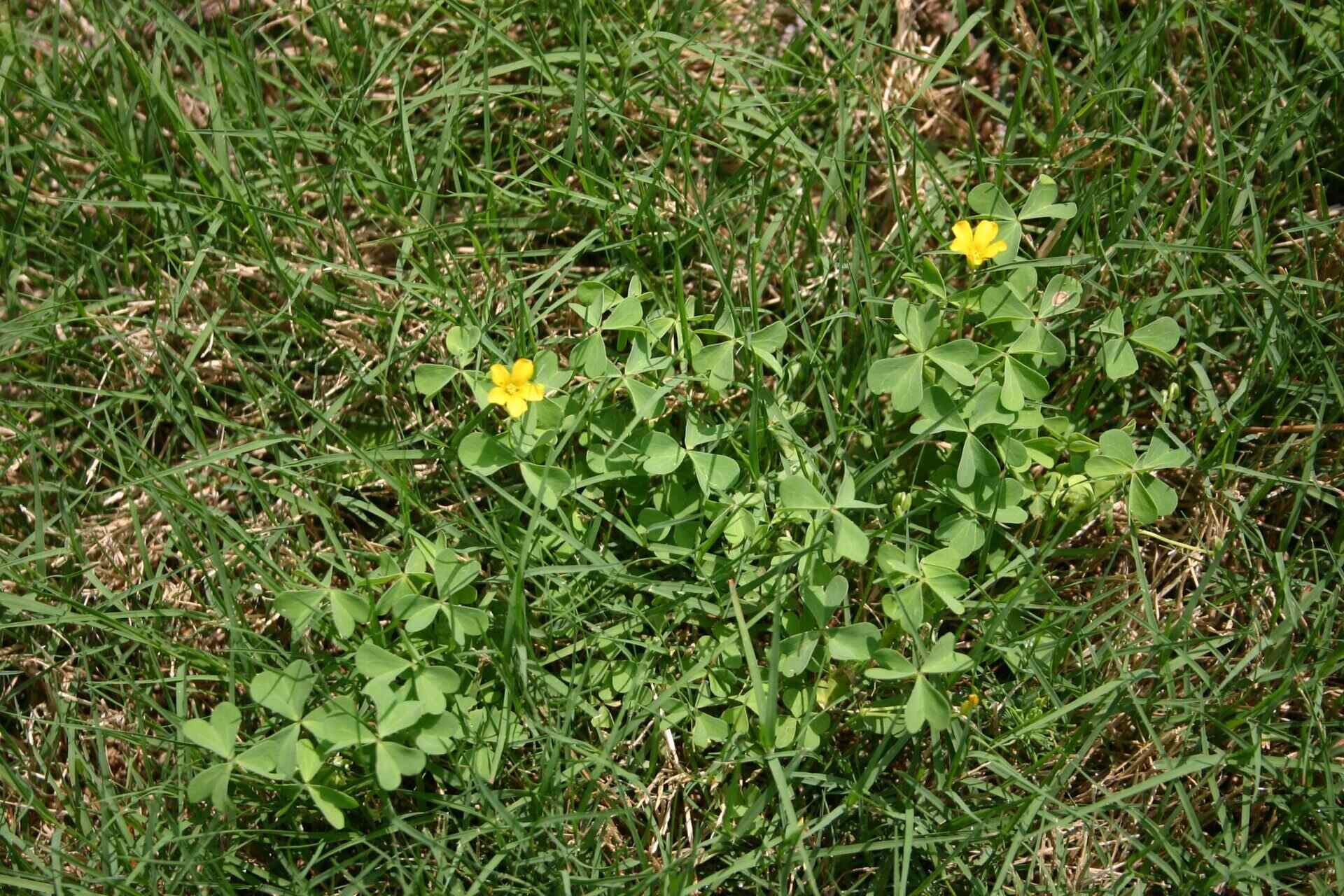

Landscaping Ideas
What Kills Oxalis In Lawns
Published: December 25, 2023
Discover effective landscaping ideas to eliminate oxalis in lawns. Learn how to kill oxalis and prevent it from spreading in your yard.
(Many of the links in this article redirect to a specific reviewed product. Your purchase of these products through affiliate links helps to generate commission for Storables.com, at no extra cost. Learn more)
**
Introduction
**
When it comes to maintaining a lush, vibrant lawn, the presence of oxalis can be a persistent source of frustration for homeowners. Oxalis, also known as wood sorrel or sourgrass, is a common and invasive weed that can quickly take over lawns, disrupting the uniformity and beauty of the grass. Understanding the nature of oxalis and the factors contributing to its growth is crucial in effectively managing and preventing its presence in your lawn.
In this comprehensive guide, we will delve into the various methods for identifying, controlling, and preventing oxalis in lawns. Whether you prefer natural remedies or chemical treatments, this article will provide valuable insights to help you reclaim and maintain a thriving, oxalis-free lawn. Let's embark on this journey to uncover the secrets of combating oxalis and restoring the beauty of your outdoor space.
**
Key Takeaways:
- Oxalis, also known as wood sorrel, is a pesky weed that can quickly take over lawns. It’s important to identify it early and use natural or chemical methods to control and prevent its growth.
- Factors like compacted soil and inadequate lawn maintenance contribute to oxalis growth. By practicing regular lawn care and using natural or chemical methods, homeowners can prevent oxalis from taking over their lawns.
Read more: What Kills Quackgrass In Lawns
Understanding Oxalis
**
Oxalis, a perennial weed with heart-shaped leaves and small, yellow flowers, is a common nuisance in lawns across various regions. This resilient plant thrives in a wide range of soil types and environmental conditions, making it a formidable adversary for homeowners striving to preserve the health and aesthetics of their lawns.
One of the distinctive features of oxalis is its ability to propagate through both seeds and underground bulbs, allowing it to spread rapidly and establish a persistent presence in lawns. The presence of oxalis can not only detract from the visual appeal of the lawn but also compete with the grass for essential nutrients, potentially compromising the overall health of the turf.
Moreover, oxalis possesses a remarkable tolerance for diverse light conditions, enabling it to flourish in both shaded and sunlit areas. This adaptability further contributes to its tenacious growth and makes it a challenging adversary for homeowners seeking to maintain a uniform and thriving lawn.
Understanding the growth patterns and characteristics of oxalis is pivotal in devising effective strategies to combat its encroachment on your lawn. By gaining insight into the behavior and preferences of this resilient weed, you can equip yourself with the knowledge necessary to implement targeted control measures and safeguard the vitality of your lawn.
**
Identifying Oxalis in Lawns
**
Recognizing the presence of oxalis in your lawn is the first step toward implementing effective control measures. The distinctive appearance of oxalis facilitates its identification, allowing homeowners to promptly address its encroachment and prevent further proliferation.
Oxalis can be identified by its trifoliate, heart-shaped leaves that resemble clover, often featuring a vibrant green hue. The leaves are typically accompanied by small, five-petaled yellow flowers, adding a touch of color to the landscape. Additionally, the stems of oxalis exhibit a delicate, slender structure, contributing to its graceful and unassuming appearance.
When inspecting your lawn for signs of oxalis, pay close attention to areas with sparse grass coverage or patches where the soil is exposed. Oxalis tends to thrive in such locations, taking advantage of the available space and resources to establish a foothold in the lawn. Moreover, its ability to spread rapidly through both seeds and bulbs means that oxalis can quickly colonize large areas of the lawn if left unchecked.
Furthermore, oxalis often exhibits a proclivity for shaded areas, making it particularly prevalent in regions of the lawn with limited exposure to sunlight. This preference for shaded environments underscores the importance of thoroughly inspecting all areas of the lawn, including those nestled beneath trees or obstructed by structures, to ensure comprehensive detection of oxalis infestations.
By familiarizing yourself with the distinguishing features and growth patterns of oxalis, you can effectively identify its presence in your lawn and take proactive measures to mitigate its impact. Timely recognition of oxalis infestations empowers homeowners to intervene swiftly and implement targeted control methods, safeguarding the health and aesthetics of their lawns.
**
Factors Contributing to Oxalis Growth
**
The proliferation of oxalis in lawns can be attributed to a confluence of environmental factors and horticultural conditions that create an ideal habitat for this resilient weed to thrive. By gaining insight into the underlying factors contributing to oxalis growth, homeowners can adopt proactive measures to mitigate its impact and prevent its resurgence.
One of the primary contributors to oxalis growth is the presence of compacted soil, which impedes the healthy development of grass and creates an environment conducive to weed infestations. Compacted soil restricts the circulation of air, water, and nutrients, diminishing the vigor of the grass while providing an advantageous setting for the establishment of oxalis.
Furthermore, inadequate lawn maintenance practices, such as irregular mowing and improper watering, can compromise the resilience of the grass, paving the way for oxalis to encroach upon the weakened turf. Inconsistent mowing heights and insufficient watering can undermine the competitiveness of the grass, allowing oxalis to capitalize on the compromised state of the lawn and proliferate unchecked.
Moreover, nutrient deficiencies in the soil, particularly with regard to nitrogen, can create an imbalance in the lawn ecosystem, favoring the growth of oxalis over the grass. Insufficient levels of nitrogen can diminish the vitality of the grass, providing an opportunity for oxalis to assert its dominance and overshadow the struggling turf.
In addition, areas of the lawn with inadequate sunlight exposure or excessive shade can foster the proliferation of oxalis, as this resilient weed exhibits a preference for shaded environments. The absence of ample sunlight can compromise the vigor of the grass, creating an opening for oxalis to establish a foothold and propagate within the compromised regions of the lawn.
By addressing these contributing factors through diligent lawn care practices and targeted interventions, homeowners can mitigate the conditions conducive to oxalis growth and fortify the resilience of their lawns against weed infestations. Understanding the environmental dynamics that facilitate oxalis proliferation is essential in implementing effective strategies to maintain a healthy and vibrant lawn.
**
To kill oxalis in lawns, use a selective herbicide labeled for oxalis control. Apply in early spring or fall when the weed is actively growing for best results. Follow the label instructions carefully for safe and effective application.
Natural Methods to Control Oxalis
**
Implementing natural remedies to control oxalis in lawns offers homeowners an eco-friendly and sustainable approach to managing weed infestations without resorting to chemical interventions. By leveraging the inherent properties of natural elements, homeowners can effectively combat oxalis while minimizing the impact on the surrounding ecosystem.
One of the primary natural methods for controlling oxalis involves manual removal, which entails physically uprooting the weeds from the soil. This hands-on approach allows homeowners to directly address the presence of oxalis, particularly in localized areas, and prevent its further spread. It is essential to ensure thorough removal of the entire plant, including the bulbs, to prevent regrowth and subsequent infestations.
Furthermore, the application of organic mulch can serve as a natural deterrent to oxalis growth while enhancing the overall health of the lawn. Organic mulch, such as wood chips or straw, acts as a protective barrier, inhibiting the germination and proliferation of oxalis seeds while promoting soil moisture retention and nutrient enrichment for the grass.
Incorporating cultural practices, such as overseeding with competitive grass species and promoting aeration to alleviate soil compaction, can bolster the resilience of the lawn against oxalis infestations. By fostering a robust and vigorous turf, homeowners can create an environment that is less hospitable to oxalis, reducing its capacity to establish a foothold and proliferate.
Additionally, the application of natural herbicidal solutions, such as vinegar-based sprays or citrus oil extracts, can offer targeted control of oxalis while minimizing the ecological impact. These natural herbicides can be applied directly to the oxalis-infested areas, effectively suppressing its growth and deterring further encroachment without posing harm to the surrounding vegetation.
By integrating these natural methods into their lawn care regimen, homeowners can effectively combat oxalis infestations while promoting the long-term health and sustainability of their outdoor spaces. Embracing natural remedies for oxalis control empowers homeowners to cultivate thriving lawns while minimizing the reliance on chemical interventions, aligning with environmentally conscious practices and fostering a harmonious coexistence with nature.
**
Read more: What Kills Mushrooms On Lawns
Chemical Methods to Control Oxalis
**
For homeowners seeking expedient and targeted solutions to combat oxalis infestations in their lawns, chemical methods offer a potent approach to effectively eradicate this resilient weed. By leveraging specialized herbicidal formulations, homeowners can swiftly address oxalis encroachments and restore the vitality and uniformity of their grassy landscapes.
Selective herbicides, formulated to specifically target broadleaf weeds like oxalis while preserving the integrity of grass species, are a valuable asset in the arsenal of chemical control methods. These herbicidal formulations can be applied directly to the oxalis-infested areas, effectively suppressing the growth and proliferation of the weed while minimizing the impact on the surrounding turf.
Furthermore, post-emergent herbicides, designed to combat actively growing weeds, offer homeowners a proactive means of addressing existing oxalis infestations. By targeting the mature oxalis plants, post-emergent herbicides can swiftly diminish the weed population, facilitating the resurgence of the grass and reclaiming the uniformity and aesthetics of the lawn.
Pre-emergent herbicides, which prevent the germination and establishment of oxalis seeds, provide an invaluable tool for preemptive weed control. By applying pre-emergent herbicides at strategic intervals, homeowners can thwart the proliferation of oxalis seeds, mitigating the risk of future infestations and maintaining the pristine condition of their lawns.
Additionally, the integration of systemic herbicides, which are absorbed by the plant and translocated throughout its vascular system, can deliver comprehensive and enduring control of oxalis. These herbicidal formulations effectively target the internal mechanisms of the weed, ensuring thorough eradication and preventing regrowth, thereby fortifying the resilience of the lawn against oxalis incursions.
By judiciously employing these chemical methods in accordance with manufacturer guidelines and environmental considerations, homeowners can decisively address oxalis infestations and safeguard the health and aesthetics of their lawns. Chemical control methods offer a potent and expedient means of combatting oxalis, enabling homeowners to reclaim their outdoor spaces and cultivate thriving, weed-free landscapes.
**
Preventing Oxalis Growth in Lawns
**
Implementing proactive measures to prevent the growth and proliferation of oxalis in lawns is essential for cultivating a resilient and thriving outdoor space. By adopting targeted strategies and integrating comprehensive lawn care practices, homeowners can fortify their lawns against oxalis infestations, preserving the beauty and uniformity of the grassy landscape.
Regular lawn maintenance, including consistent mowing at an appropriate height and adherence to a well-structured watering regimen, is pivotal in fostering the resilience of the grass against oxalis encroachments. Maintaining an optimal mowing height and ensuring adequate hydration for the grass promotes its vigor and competitiveness, creating an inhospitable environment for oxalis to establish a foothold.
Fostering soil health through periodic aeration and the incorporation of organic matter can alleviate compaction and enhance the nutrient content of the soil, bolstering the robustness of the lawn against weed infestations. By promoting optimal soil conditions, homeowners can mitigate the favorable habitat for oxalis growth and fortify the vitality of the grass.
Furthermore, overseeding with competitive grass species that are well-suited to the local climate and environmental conditions can augment the resilience of the lawn against oxalis, reducing the susceptibility to weed encroachments. By introducing vigorous and adaptive grass varieties, homeowners can create a dense and resilient turf that outcompetes oxalis and maintains the uniformity of the lawn.
Practicing diligent weed control, including manual removal of emerging oxalis plants and the application of natural herbicidal solutions, can prevent the establishment and proliferation of this resilient weed in the lawn. Timely intervention and targeted weed management measures are instrumental in curtailing the spread of oxalis and preserving the integrity of the grassy expanse.
Additionally, fostering ample sunlight exposure across the lawn by pruning overhanging branches and strategically managing landscaping elements can mitigate the prevalence of shaded areas that are conducive to oxalis growth. Maximizing sunlight penetration fosters an environment that is less favorable to oxalis, bolstering the resilience of the grass and diminishing the likelihood of weed infestations.
By integrating these preventive measures into their lawn care regimen, homeowners can fortify their outdoor spaces against oxalis infestations and cultivate thriving, resilient lawns. Proactive prevention strategies are instrumental in preserving the health and aesthetics of the grassy landscape, ensuring a vibrant and weed-free outdoor environment.
**
Conclusion
**
Confronting the challenge of oxalis infestations in lawns demands a multifaceted approach that encompasses understanding the nature of the weed, implementing targeted control methods, and adopting preventive measures to fortify the resilience of the grassy expanse. By delving into the distinctive characteristics of oxalis and the factors contributing to its growth, homeowners can gain valuable insights to effectively combat and prevent its encroachment.
From identifying the trifoliate leaves and yellow flowers of oxalis to recognizing the environmental conditions that facilitate its proliferation, homeowners are empowered to proactively address the presence of this resilient weed in their lawns. Whether through natural methods such as manual removal and organic mulching or chemical interventions including selective herbicides and post-emergent treatments, homeowners have an array of tools at their disposal to combat oxalis infestations and restore the vibrancy of their outdoor spaces.
Furthermore, integrating preventive measures such as diligent lawn maintenance, overseeding with competitive grass species, and fostering optimal soil conditions can fortify the resilience of the lawn against oxalis, ensuring enduring protection against weed encroachments. By embracing these holistic strategies, homeowners can cultivate thriving, weed-free lawns that embody the beauty and vitality of a well-tended outdoor environment.
In the pursuit of a lush and uniform lawn, the battle against oxalis infestations necessitates a harmonious blend of proactive prevention and targeted control methods. By leveraging a comprehensive understanding of oxalis and implementing a diverse array of strategies, homeowners can reclaim the integrity and aesthetics of their lawns, fostering a vibrant and resilient outdoor space that embodies the splendor of a meticulously tended landscape.
As we embark on this journey to combat oxalis and preserve the beauty of our lawns, let us embrace the knowledge and strategies at our disposal, nurturing our outdoor spaces into thriving, weed-free havens that captivate the senses and elevate the allure of our residential landscapes.
Frequently Asked Questions about What Kills Oxalis In Lawns
Was this page helpful?
At Storables.com, we guarantee accurate and reliable information. Our content, validated by Expert Board Contributors, is crafted following stringent Editorial Policies. We're committed to providing you with well-researched, expert-backed insights for all your informational needs.
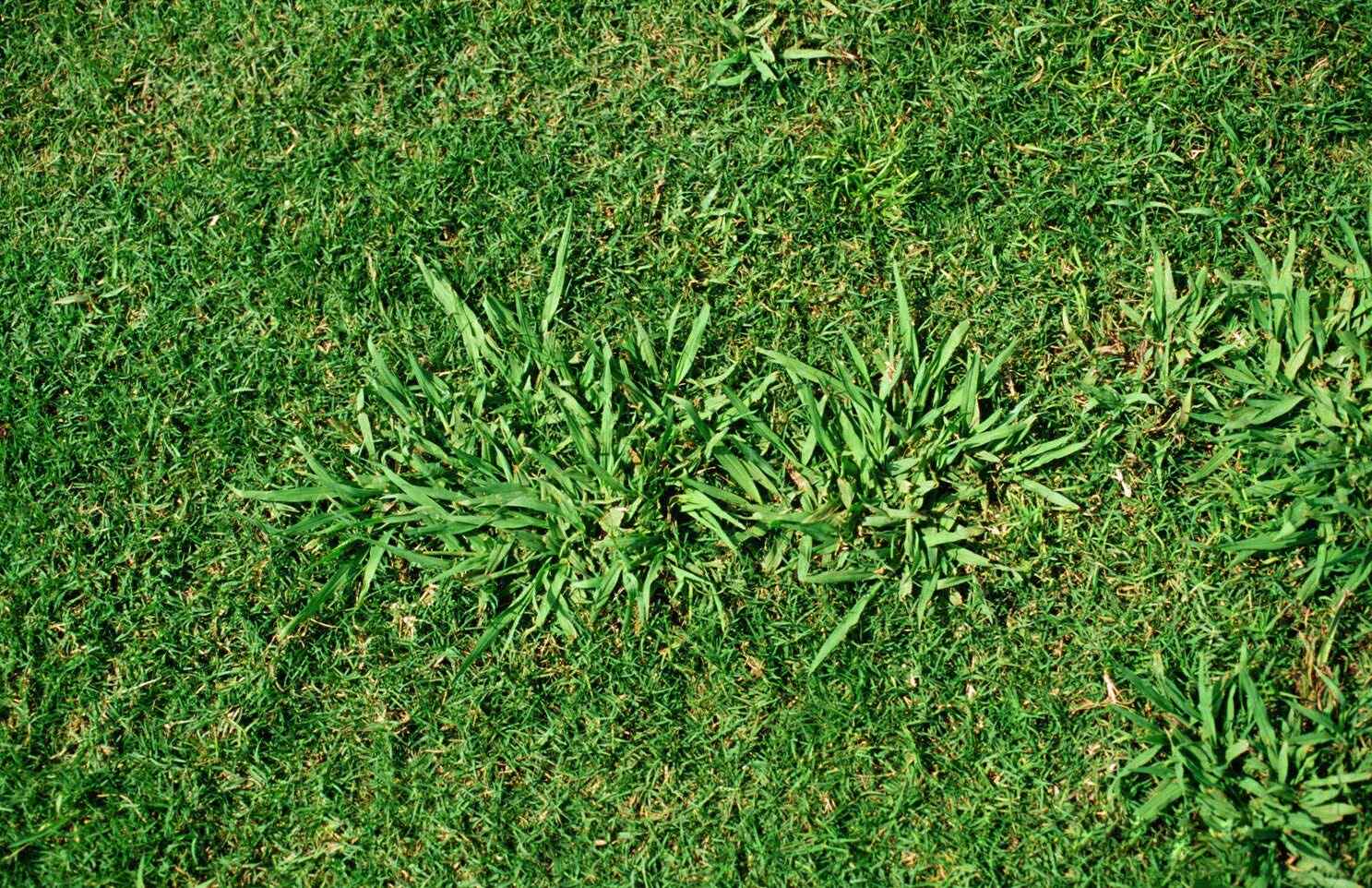
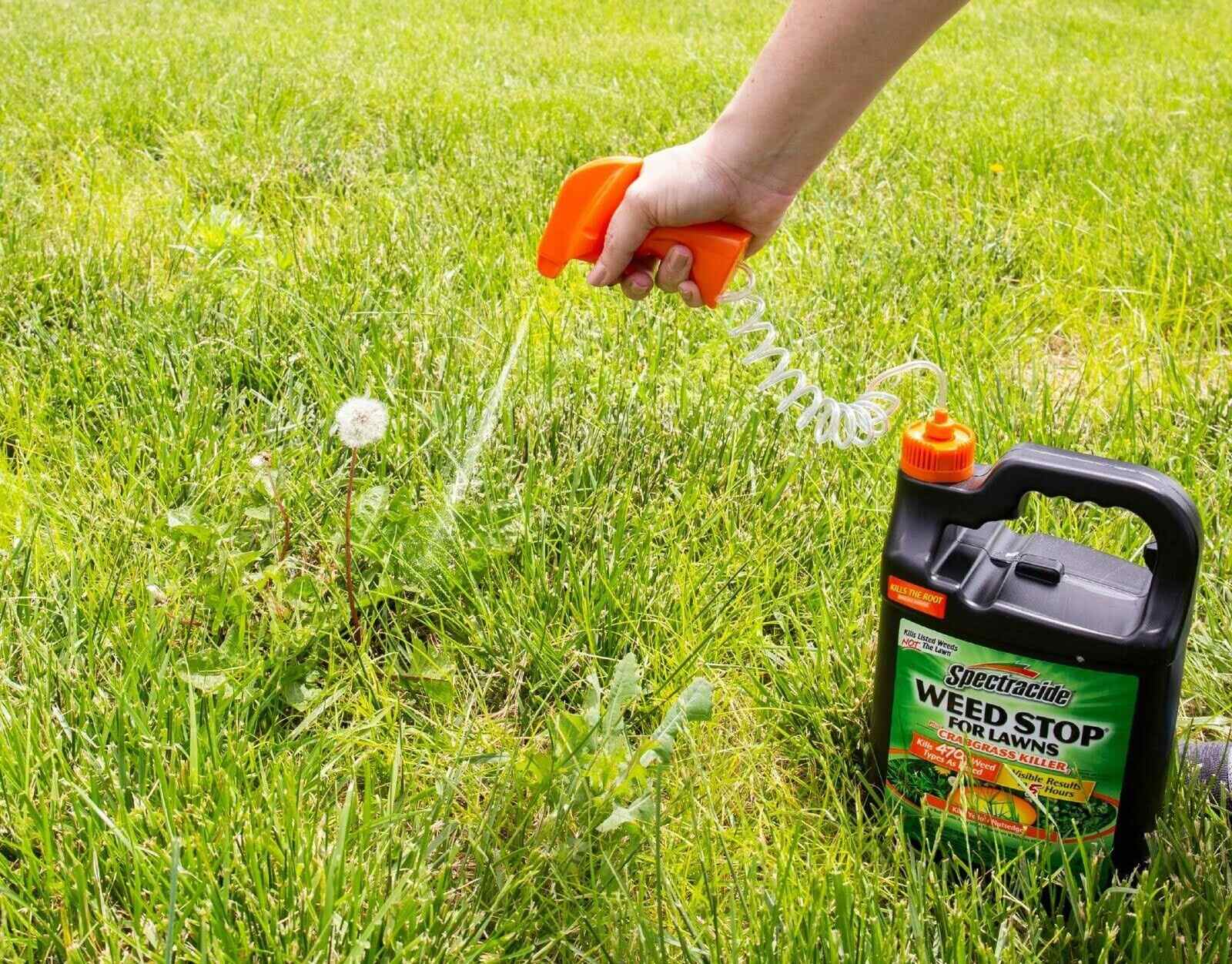
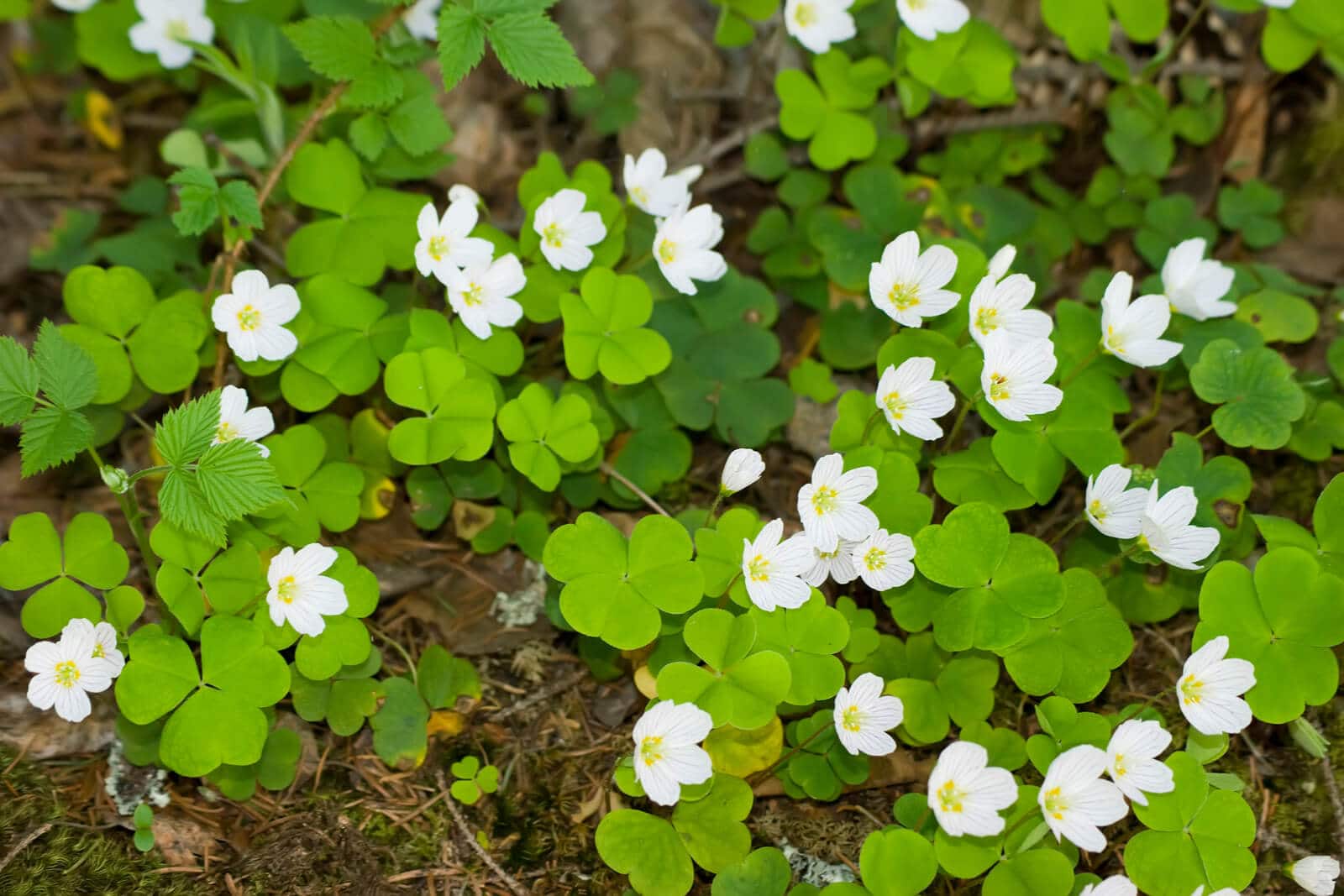
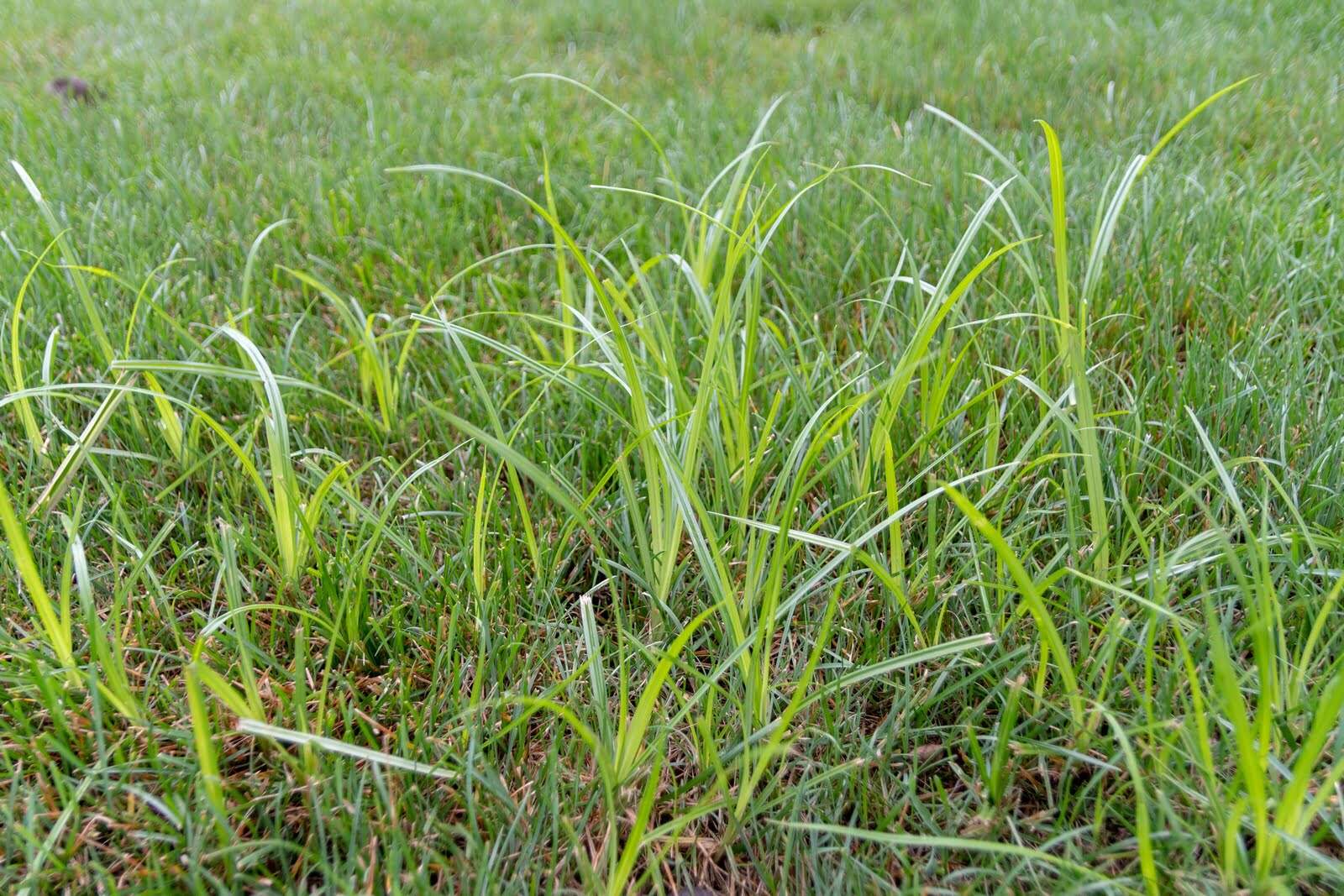
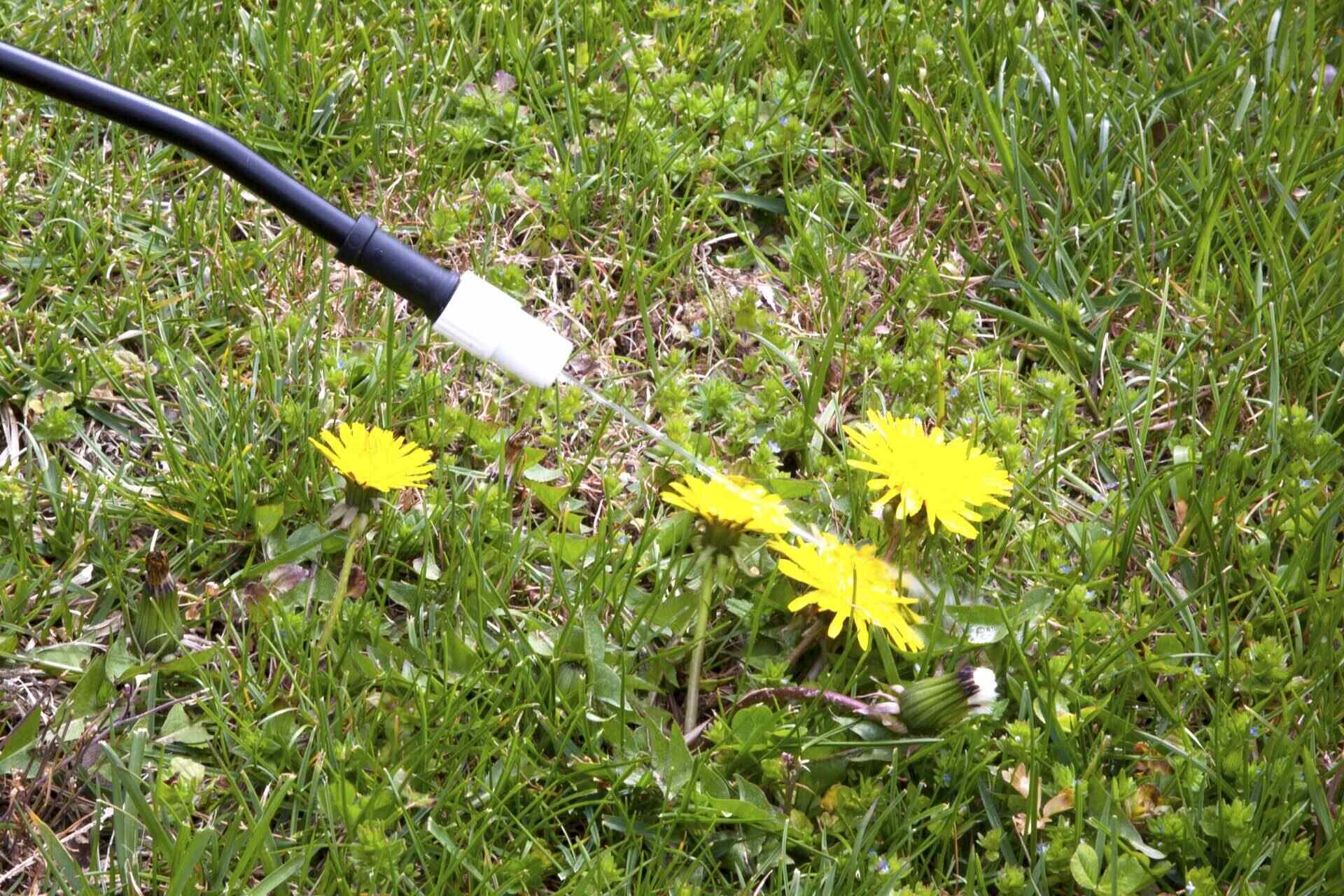
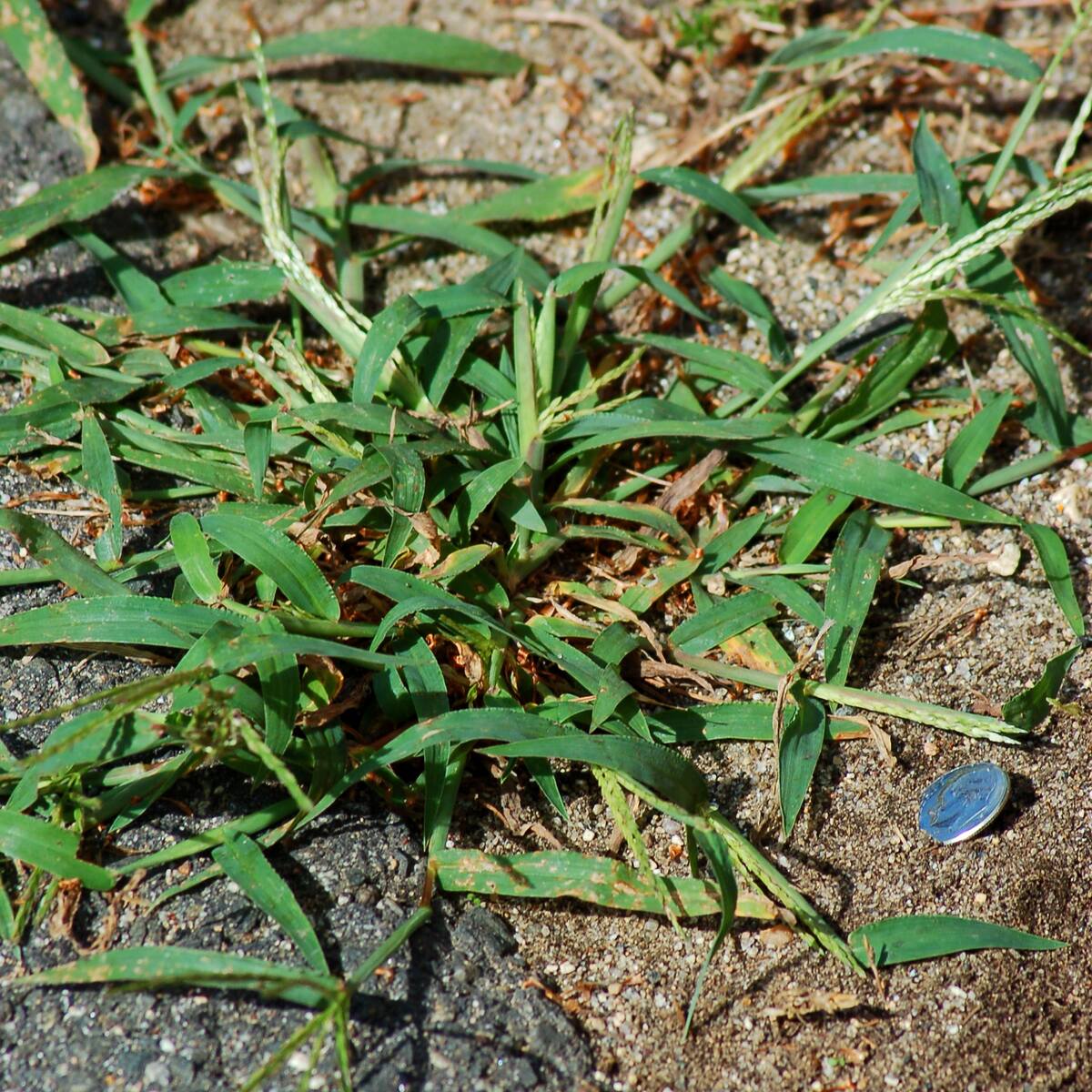
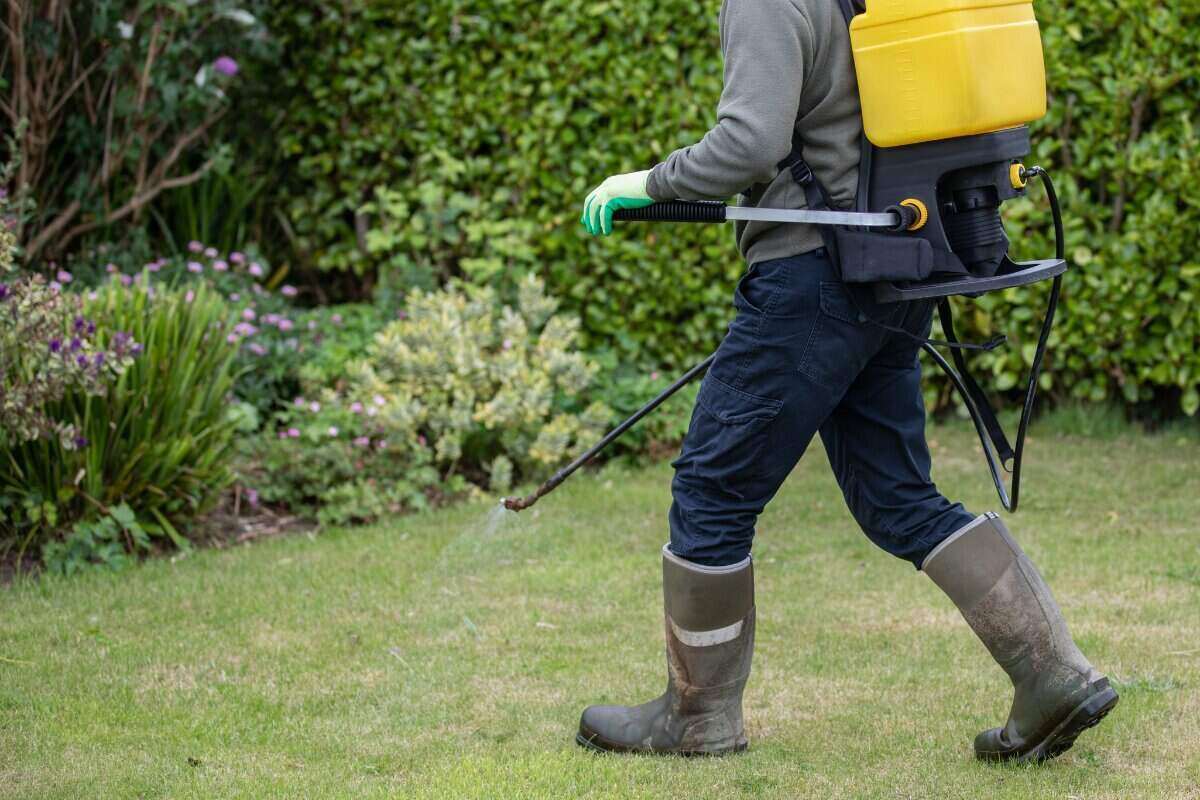
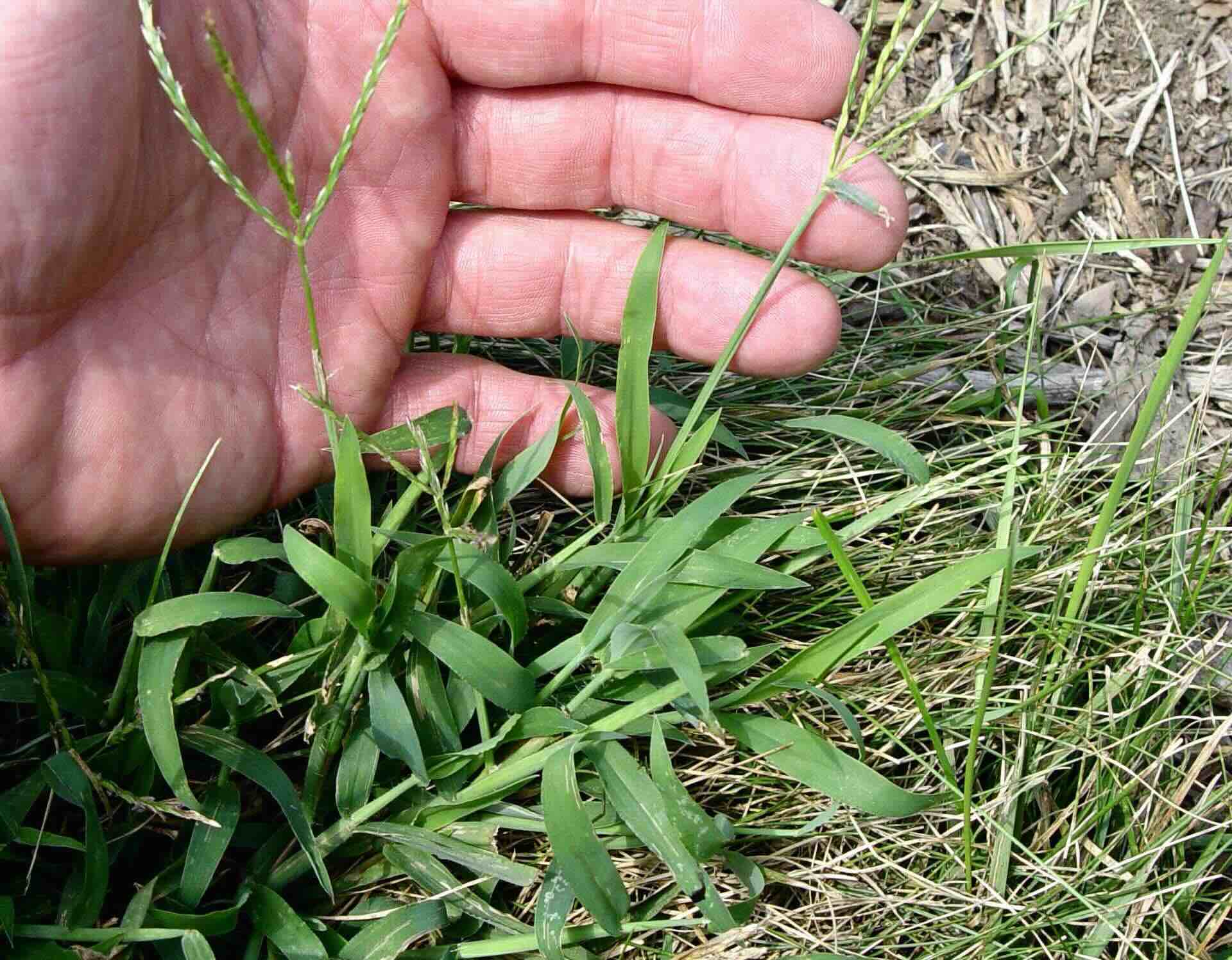
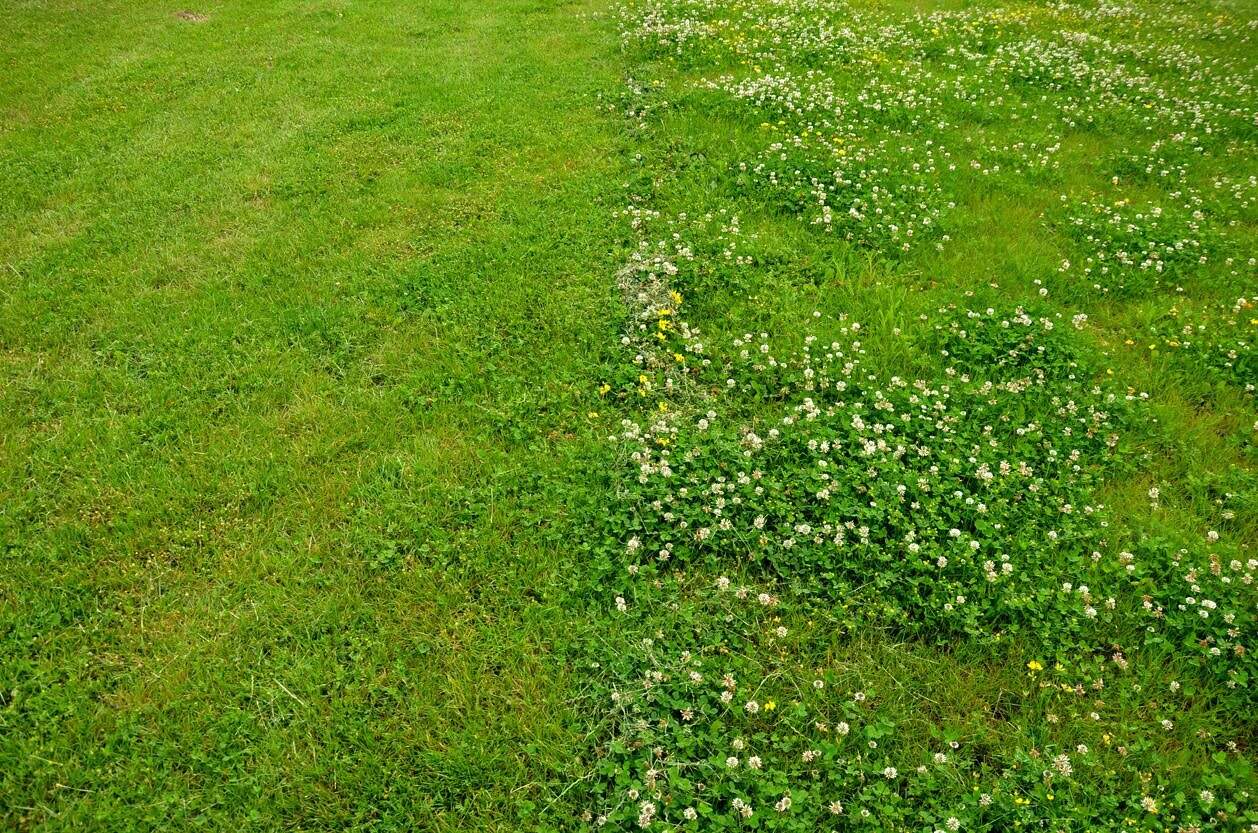
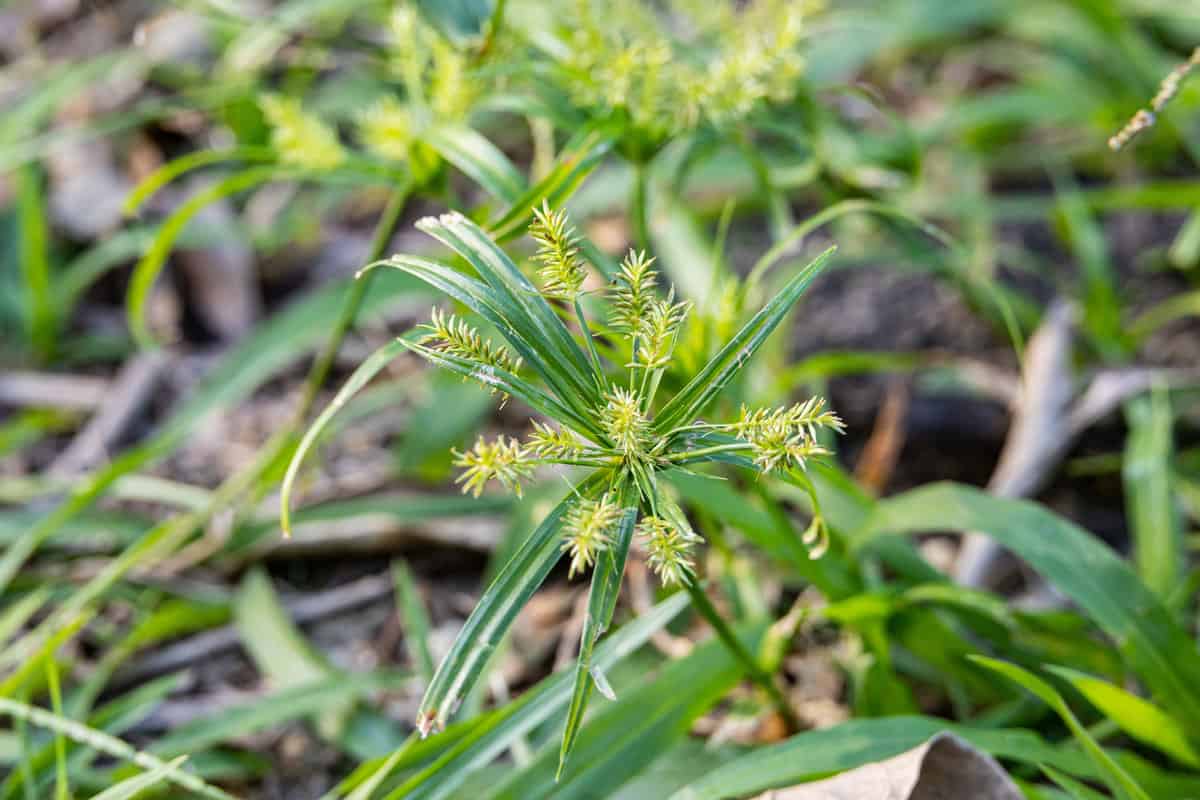

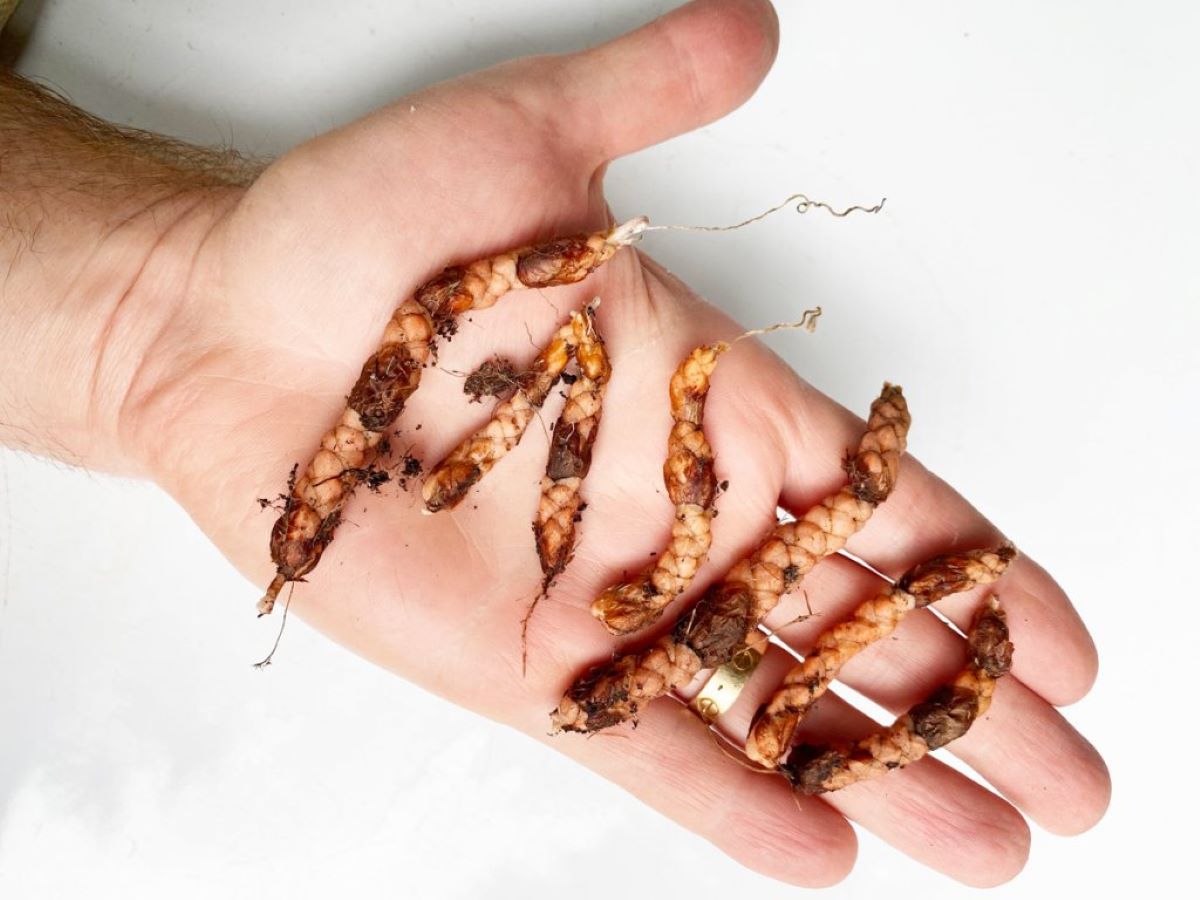
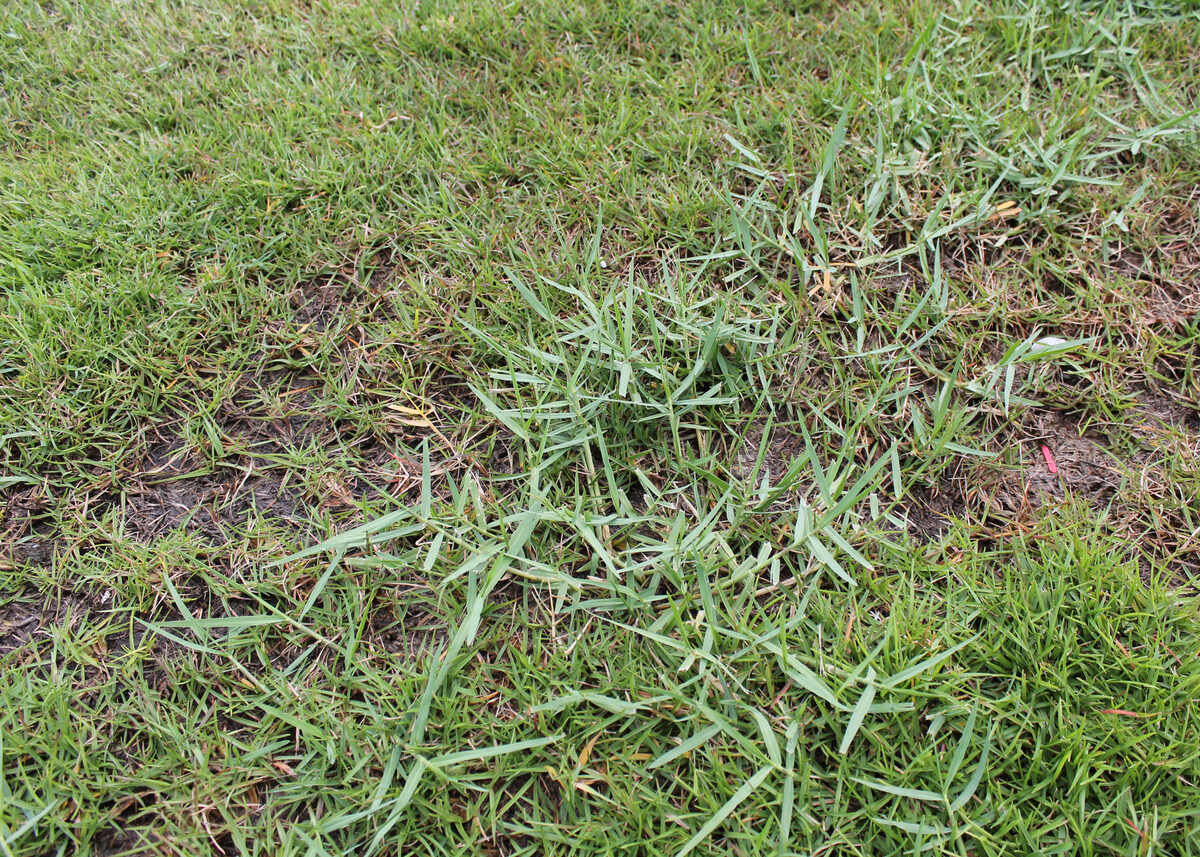
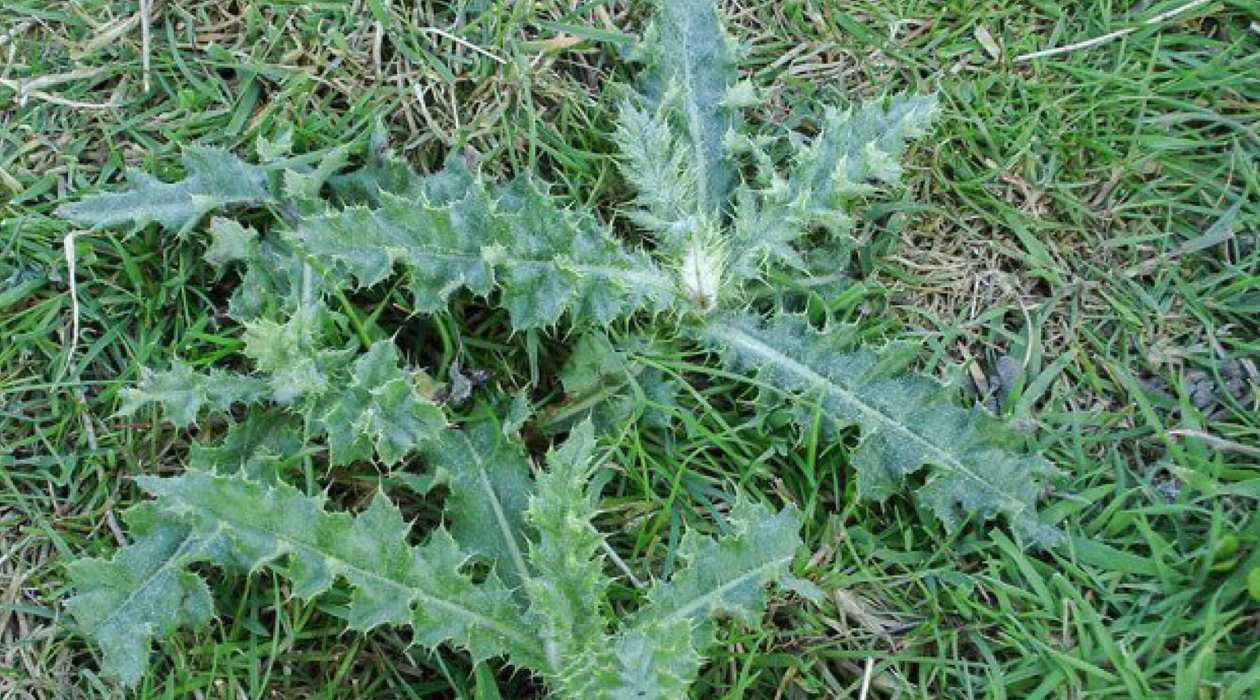

0 thoughts on “What Kills Oxalis In Lawns”